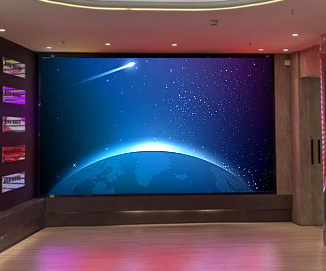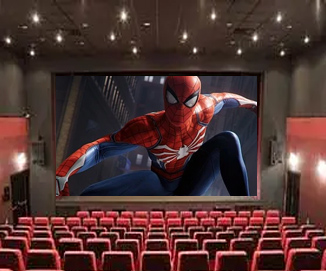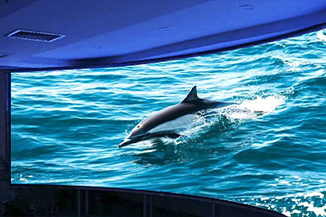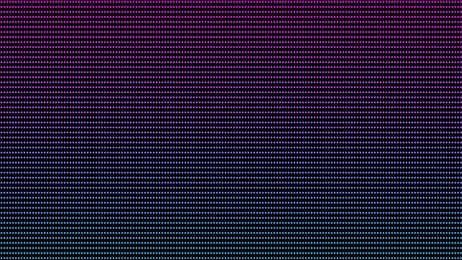Publisher: Supplier of LED Display Time: 2022-08-23 14:38 Views: 2025
What is the difference between oled and led screen? The difference between OLED and LED panels is in terms of lighting principle, structure and screen thickness, display effect and service life. In terms of light-emitting principle, the LED panel realizes the display screen through the on-off of the light-emitting diode and the molecular deflection of the liquid crystal layer, while the OLED panel is self-luminous (each pixel can emit monochromatic light). Secondly, in terms of structure, the LED panel is a multi-layer structure, while the structure of the OLED panel with fewer layers is relatively simple. Next, the editor of Liancheng will give you a detailed introduction.
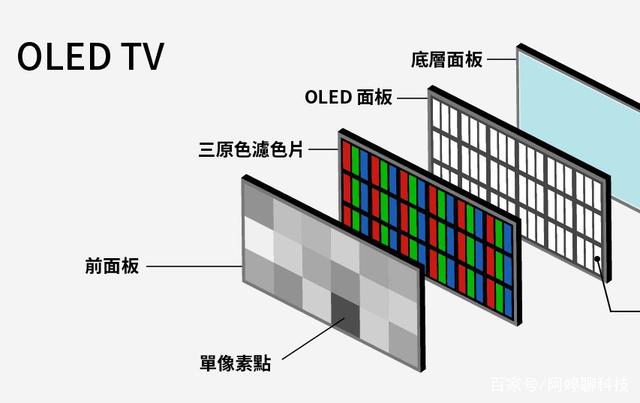
The difference between oled screen and led screen
1. Different names
LED is light emitting diode, which is the English abbreviation of light emitting diode; OLED refers to Organic Light-Emitting Diode, the English abbreviation of organic light emitting semiconductor.
2. The light-emitting principle is different
The LED panel has a light-emitting layer, which is composed of multiple red light-emitting diodes, which use the molecular deflection of the liquid crystal layer to display different images; each pixel of the OLED can emit monochromatic light, so no light-emitting layer is needed, and current can be passed directly. Drive organic thin films to emit light.
3. The thickness of the screen is different
In terms of structure and screen thickness, the structure of the LED screen is more complicated, and it is composed of several layers; but the OLED is very thin because it does not need a backlight, so the OLED screen is about one-third of the thickness of the LED screen, or even thinner; OLED; The panels are also flexible, which is something that LED panels simply can't do.
4. The display effect is different
LED screens can generally achieve NTSC 72% color gamut, while OLED’s color is more conspicuous and can reach NTSC 100%, which can meet the needs of the currently more demanding color gamut such as BT 2020, but there may be color temperature and color cast. question.
5. Different service life
There is no burn-in on the LED screen, and the OLED screen is prone to burn-in after a long time of use, and the LED has more advantages in terms of service life.
6. Blu-ray is different
The blue light peak of the OLED screen is longer than that of the traditional LED screen, which can reduce about 70% of harmful short-wave blue light and achieve hardware-level anti-blue light; secondly, the OLED itself can emit light, and it can be powered on, but the LED cannot emit light and needs backlight support; finally, The screen flicker of OLED is around 240hz, and the screen flicker of led is above 1000hz, which is more eye-friendly.
7. The structure of the screen is different
The screen structure of LED is composed of several parts, which is more complex and even thicker than OLED screen. But because the OLED screen is thinner, the OLED screen can be bent at will, which is not comparable to the LED screen.
8. Use different materials
LED screens use metal materials; OLEDs use organic materials.
9. Different power consumption
In terms of power consumption, the OLED screen is lower than the LED screen, because the pixels of the OLED screen work independently, and the LED screen is fully backlit, so the OLED screen is more energy-saving and environmentally friendly than the LED screen.
10. Display colors are different
In terms of color, because the backlight of the LED screen cannot be completely turned off, the LED screen cannot display pure black, while each pixel of the OLED screen can be turned on and off independently, and the screen of the OLED screen can show a more pure black effect.
As mentioned above, the OLED screen can display the color coverage of the P3 color gamut accurately and display the image, and the comparison ratio is as high as 1008:1. Due to the characteristics of the OLED screen, it is generally necessary to use PWM lighting and DC lighting to exchange in different brightness, support 100% Two color modes of DCI-P3 wide gamut and 100% sRGB high color gamut, the OLED screen has a wider color range and can produce lower performance blue light, resulting in extreme contrast, so the screen response time is very fast, can be lower than 2m /s.
The LED panel needs to realize color conversion through liquid crystal deflection. In any case, the actual response time of the compression still needs about 3m/s. The response time of the ordinary LED panel is already very fast, but it has a different effect from the fast response speed of the OLED. Light and color, and with high color contrast, make the display more accurate and clear, the response time is short, the image is smoother, people's pursuit of color has gradually got rid of the pure imitation of natural objects, and is committed to seeking the beauty of its unique color and strong expressiveness.
The above is a summary of the difference between OLED and LED screens compiled by the editor of LCF. You are welcome to add or correct them. LCF is a world-leading provider of LED display applications and solutions, as well as a national-level specialized, special, and new little giant enterprise. The main business covers "smart city", "cultural tourism business performance", "commercial display project", "content technology" four sections, with the world's leading automated production equipment and modern post-doctoral research laboratory and perfect sales and services team. Friends who want to buy LED display can also contact us, LCF LED display manufacturer, a big country brand, trustworthy!
